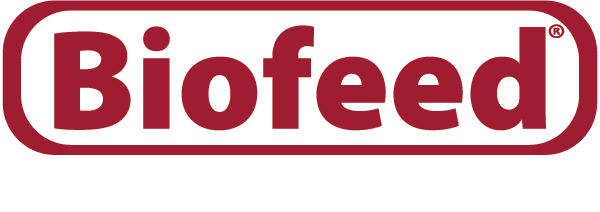CAL-6 DESCRIPTION
CAL-6 Provides crops with essential calcium. CAL-6 readily enters the plant through foliar or soil application to supplement deficiency by supplying plants in an available biologically secured calcium. In the soil, CAL-6 may assist uptake of nutrients into the plant. Application can be combined with pre-emergent herbicides or combined with nitrogen applications. Sufficient calcium in the leaf may help control heat stress and reduce disease occurrence.
BENEFITS OF USE
- Assists in cell wall formation and division
- Supports efficient plant enzyme activity
- Helps regulate nutrient flow in the roots and in plant cells
- Helps regulate function of leaf stomata which aids in managing heat stress
- Helps reduce plant disease occurrence
- Promotes enhanced fruit ripening
- Promotes longer shelf-life of most vegetable crops
- Promotes nitrogen stability in the soil
GUARANTEED ANALYSIS:
Calcium (Ca)…………………………………….6.0%
Derived from Calcium Acetate.
ALSO CONTAINS NON-PLANT FOOD INGREDIENT:
6.0% Organic Matter
APPLICATION
SHAKE WELL OR STIR BEFORE USE.
CAL-6 is highly concentrated for pro-level performance and value. Dilute with water to ensure adequate coverage. Jar test for compatibility prior to final tank mixing with other products.
LAWNS & GRASSES: Foliar apply 1-4 quarts in 25-100 gallons of water per acre, or for smaller areas apply 4-8 ounces in 5-10 gallons of water per 1000 square feet. Apply every 7-10 days or as needed with sprayer.
AGRICULTURE: (NOTE: Tissue test prior to application to determine ideal rates of application to your plant or crop.)
Side Dress: Apply 2-6 quarts per acre along with either UAN or other nitrogen solution.
Drip Irrigation: Inject 2-4 quarts per acre.
Soil Applied: Apply 1-2 gallons per acre along with UAN or other nitrogen solution.
Foliar: Row and Field Crops, Tobacco and Vegetables: Apply 1-4 quarts in 3-10 gallons of water per acre.


